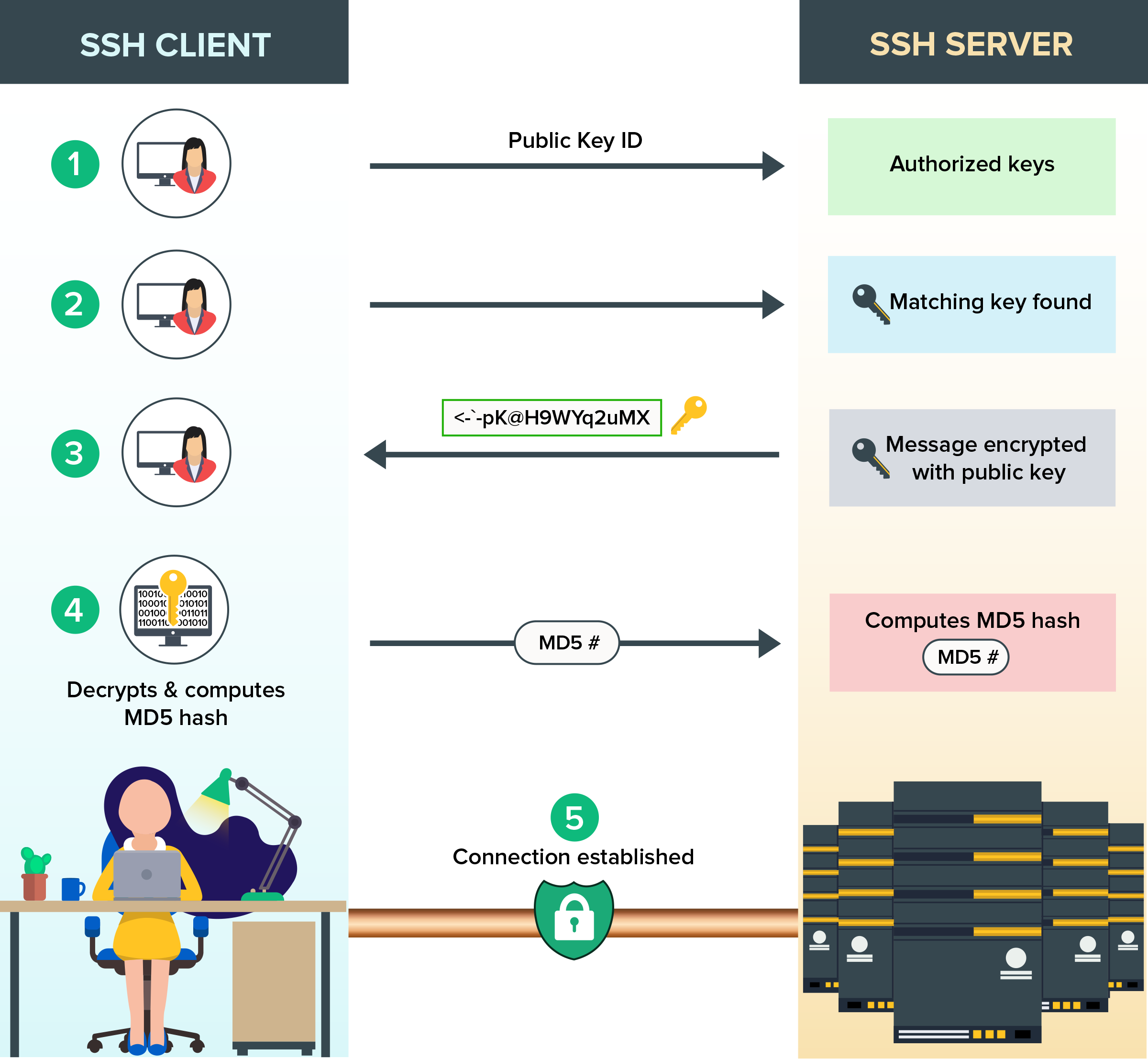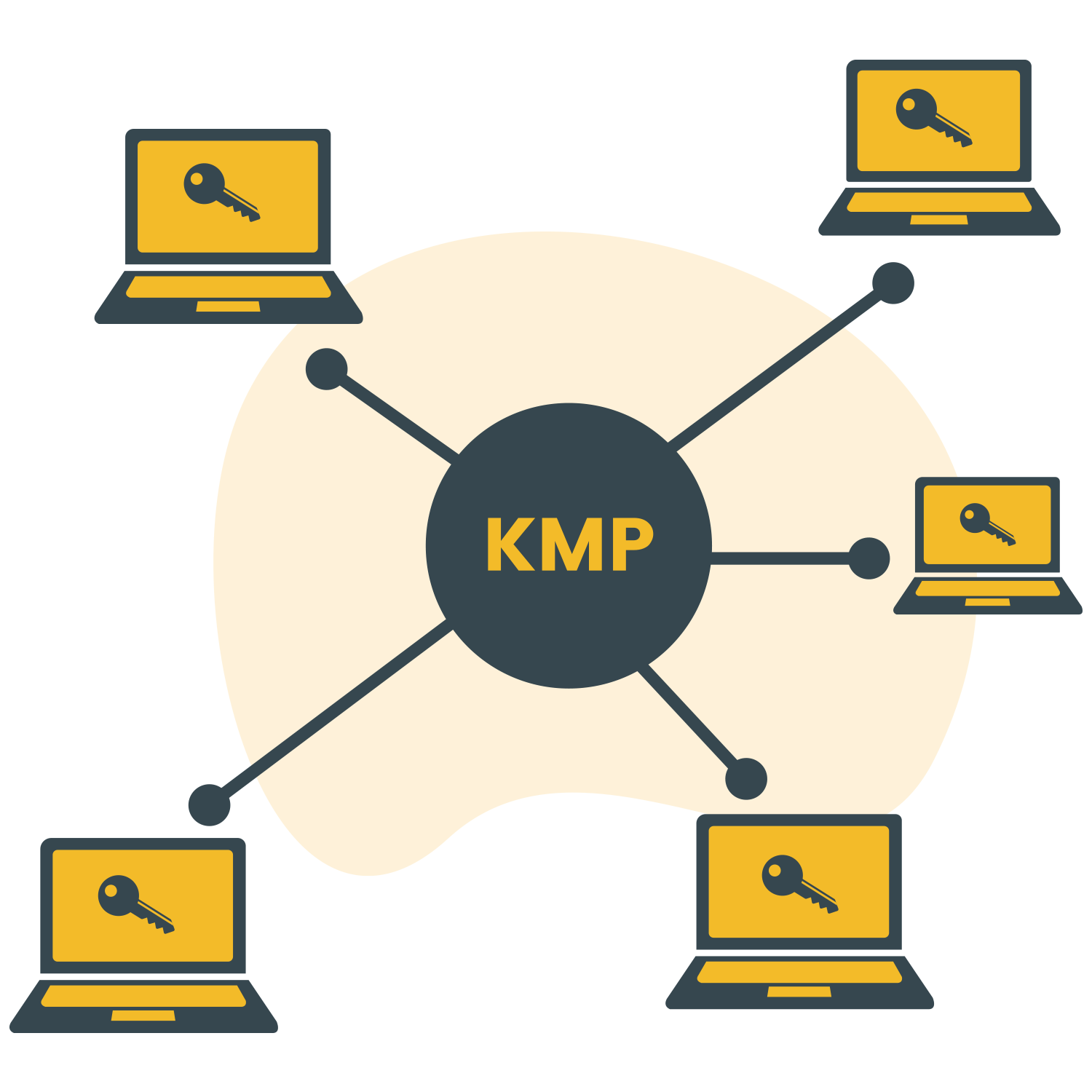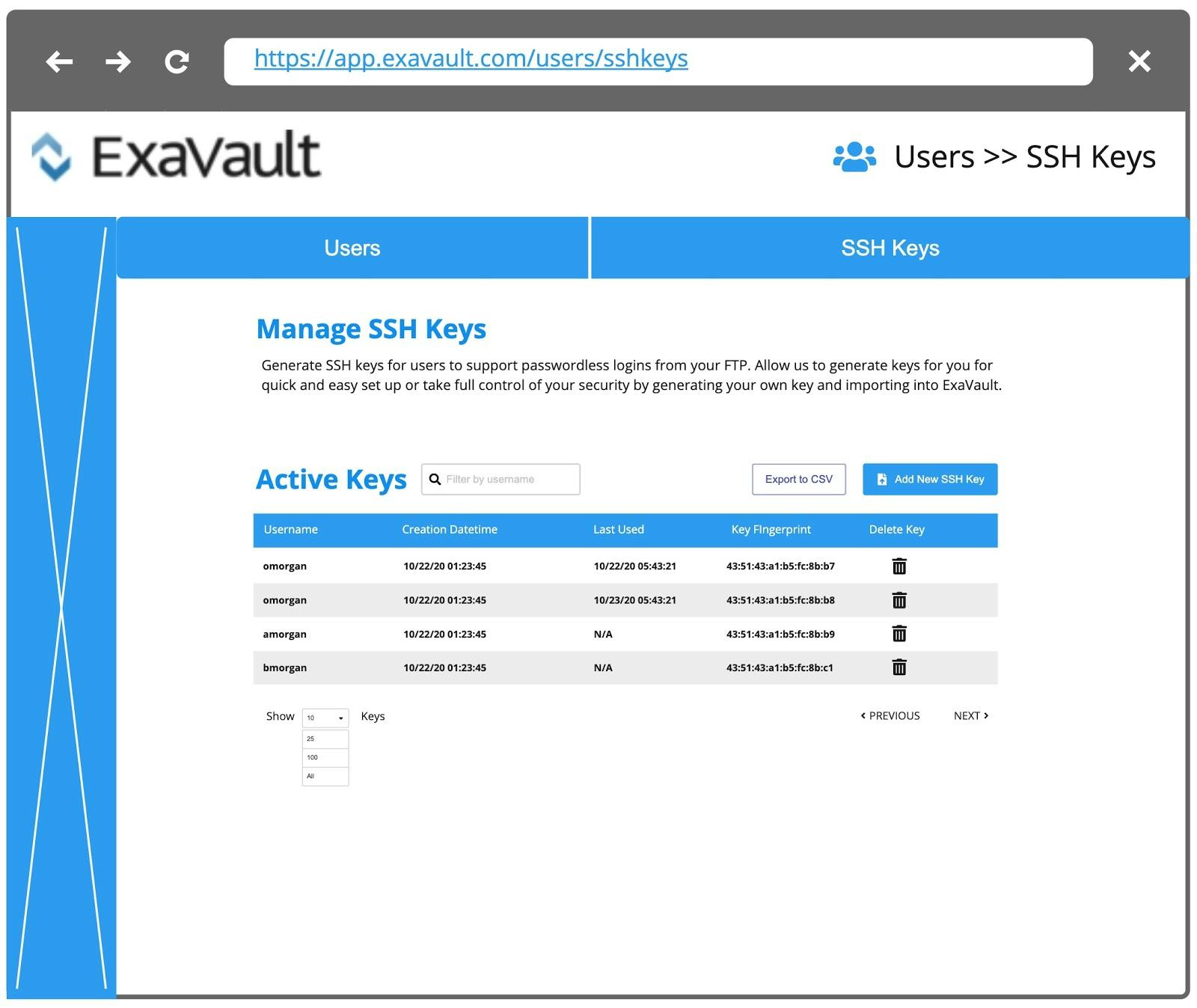Remote IoT SSH Key Management: Best Practices & Free Options!
Are your IoT devices a sitting duck for cyberattacks? The truth is, without robust RemoteIoTSSH Key management, your entire network is vulnerable.
In todays interconnected world, managing a fleet of remote IoT devices presents a unique set of challenges, especially when it comes to security. Best RemoteIoTSSH Key management practices are not just a luxury; they are a necessity for ensuring devices remain secure, efficient, and scalable. SSH (Secure Shell) keys are an indispensable tool for securely accessing remote devices without the need for passwords. However, the very nature of IoT numerous devices scattered across diverse locations makes key management a complex undertaking.
By default, SSH key management often ends up fragmented and cumbersome. When left unmanaged, these SSH keys become a prime target for malicious actors. Imagine hundreds, even thousands, of IoT devices each with its own set of SSH keys. Keeping track of which keys are active, who has access, and ensuring keys are rotated regularly becomes a logistical nightmare. This is where RemoteIoT SSH key management steps in, offering a centralized solution to discover and manage all authentication keys and SSH login files.
- Vegamovies Filme Serien Kostenlos Streamen Alternativen 2024
- Vega Online Streamen Wo Du Filme Serien Findest
| Field | Value |
|---|---|
| Topic | RemoteIoT SSH Key Management |
| Definition | Centralized management and discovery of SSH keys and login files for remote IoT devices. |
| Challenge | Fragmented and complex management of SSH keys across multiple IoT devices. |
| Vulnerability | Unmanaged SSH keys are susceptible to attacks by malicious actors. |
| Best Practice | Implementing a solid strategy for managing SSH keys in remote IoT devices. |
| Solution | RemoteIoT platforms offer seamless integration and robust security features for SSH key management. |
| Key Benefit | Enhanced security and simplified management of remote IoT devices. |
| Example Platform | Platforms offering free SSH key management for up to five devices. |
| Reference | Example Secure IoT Solutions (example secure iot solutions) |
The foundation of secure access lies in the combination of public and private keys. The public key resides on the remote device, while the private key remains securely stored on the user's machine. When a user attempts to connect, the system verifies the private key against the public key. If they match, access is granted without the need for a password. This method is significantly more secure than traditional password-based authentication, which is vulnerable to brute-force attacks and phishing scams.
So, what are the best practices for RemoteIoT SSH Key management? Let's delve into that. Managing SSH keys for remote IoT devices is not a task to be taken lightly. A well-defined strategy is paramount. Without a strategic approach, you're essentially leaving your devices vulnerable to unauthorized access and potential compromise. Here are some key tips to get you started on the right track.
Key Generation and Storage: The first step is to generate strong SSH key pairs. Use strong algorithms like RSA with a key length of at least 4096 bits or, even better, Ed25519. Never use default keys, as these are widely known and easily exploited. Store private keys securely, preferably using a hardware security module (HSM) or a dedicated key management system. Access to private keys should be strictly controlled and limited to authorized personnel only. Consider using passphrase-protected keys for an extra layer of security. This means that even if a private key is compromised, it cannot be used without the correct passphrase.
- Vegamovies Alternativen 2024 Sicher Legal Filme Streamen
- Filmywap Gefahren Alternativen 2025 Jetzt Sicher Streamen
Key Distribution and Provisioning: Securely distribute public keys to the remote IoT devices. Avoid using insecure channels like email or unencrypted file transfers. Employ automated provisioning tools or configuration management systems to streamline the process and minimize human error. When a new device is added to the network, its public key should be automatically installed. Similarly, when a device is decommissioned, its public key should be promptly revoked. Ensure the process is auditable, so you can track who installed which key on which device and when.
Key Rotation and Revocation: Regularly rotate SSH keys to minimize the impact of a potential compromise. A good practice is to rotate keys every 90 days or less. Implement a robust key revocation mechanism to quickly disable compromised keys. This is crucial in preventing unauthorized access. A compromised key can be revoked by removing the corresponding public key from the `authorized_keys` file on the remote device. This process should be automated to ensure timely revocation.
Centralized Key Management: Implement a centralized key management system to gain visibility and control over all SSH keys across your IoT infrastructure. This system should allow you to discover, manage, and audit SSH keys from a single pane of glass. It should also provide features like key lifecycle management, access control, and reporting. Solutions like HashiCorp Vault or dedicated SSH key management platforms can help simplify this process. A centralized system enables you to enforce consistent security policies across all devices and quickly respond to security incidents.
Access Control and Least Privilege: Enforce strict access control policies to limit who can access remote IoT devices. Implement the principle of least privilege, granting users only the minimum necessary access rights. This reduces the risk of unauthorized access and lateral movement within the network. Use SSH certificates to further control access. Certificates can be used to restrict access based on user identity, time of day, or other criteria. SSH certificates are signed by a certificate authority (CA), which adds another layer of trust.
Auditing and Monitoring: Continuously monitor SSH key usage and audit access logs to detect suspicious activity. Set up alerts for unusual login attempts, failed authentication, and other security events. Regularly review SSH key configurations to ensure they comply with your security policies. Tools like auditd can be used to monitor SSH activity and generate audit logs. Security Information and Event Management (SIEM) systems can then be used to analyze these logs and detect anomalies. Regular security audits can help identify vulnerabilities and ensure that your SSH key management practices are effective.
RemoteIoT platforms have emerged as a reliable solution for SSH key management, offering seamless integration and robust security features. These platforms provide a centralized interface for managing keys, automating key rotation, and enforcing access control policies. They often integrate with existing identity and access management (IAM) systems, making it easier to manage user access. The best platforms also offer features like vulnerability scanning and compliance reporting.
This article delves into the best RemoteIoT platforms that provide free SSH key management for Raspberry Pi, ensuring your devices remain secure and accessible. Raspberry Pi devices are commonly used in IoT projects due to their low cost and versatility. However, their widespread use also makes them a target for attackers. Securing Raspberry Pi devices with proper SSH key management is therefore essential.
If you're diving into the world of remote IoT devices, one thing you absolutely need to wrap your head around is best RemoteIoT SSH Key management. It's not just about setting up a connection and calling it a day. It's about establishing a secure foundation for your entire IoT ecosystem.
In this guide, we'll dive deep into the best practices for RemoteIoT SSH Key management, helping you secure your network while keeping things simple and efficient. We'll cover everything from key generation and storage to key rotation and revocation. We'll also discuss the various tools and platforms that can help you automate and streamline your SSH key management processes.
Whether you're a seasoned IT pro or just starting out, this article will provide you with actionable insights and practical tips to enhance your security infrastructure. The goal is to empower you with the knowledge and tools you need to protect your IoT devices from unauthorized access and data breaches.
Selecting the best Remote IoT platform for managing SSH keys on Raspberry Pi requires careful evaluation of various factors, including scalability, security, and compatibility. Scalability is crucial, especially if you plan to expand your IoT deployment. The platform should be able to handle a growing number of devices without compromising performance. Security is paramount, so look for platforms that offer strong encryption, access control, and auditing features. Compatibility with your existing infrastructure is also important. The platform should seamlessly integrate with your existing systems and tools.
By following the guidelines outlined in this article, you can make an informed decision and implement SSH key management effectively. Remember that SSH key management is an ongoing process, not a one-time task. Regularly review and update your security policies to stay ahead of emerging threats.
The best RemoteIoT platform SSH key free Raspberry Pi solution is here to transform the way you interact with your IoT devices. These platforms simplify the process of managing SSH keys, making it easier to secure your devices and streamline your workflows.
With the growing demand for remote access tools, RemoteIoT has emerged as a leader in providing secure and efficient SSH key management for Raspberry Pi users. These platforms offer a range of features, including key generation, storage, distribution, rotation, and revocation. They also provide a centralized interface for managing access control and monitoring SSH key usage.
Many Remote IoT platforms offer free tiers that include SSH key management, making it easy to secure your devices without spending a dime. These free tiers typically offer limited features and device support, but they can be a great way to get started with SSH key management. As your needs grow, you can upgrade to a paid plan to unlock additional features and device support.
Here are some popular free options:
[Platform Name] Offers free SSH key management and remote access for up to five devices. This platform provides a user-friendly interface for managing SSH keys, automating key rotation, and enforcing access control policies. It also offers features like vulnerability scanning and compliance reporting. The free tier is a great way to test the platform and see if it meets your needs.
- Sdindische Filme Auf Hindi Die Besten Streamingoptionen
- Filmywap Gefahren Alternativen 2025 Jetzt Sicher Streamen

Best RemoteIoT SSH Key Management Secure And Efficient Solutions For Your IoT Devices

Best RemoteIoT SSH Key Management Secure And Efficient Solutions For Your IoT Devices

RemoteIoT SSH Key Management A Comprehensive Guide For Secure Access